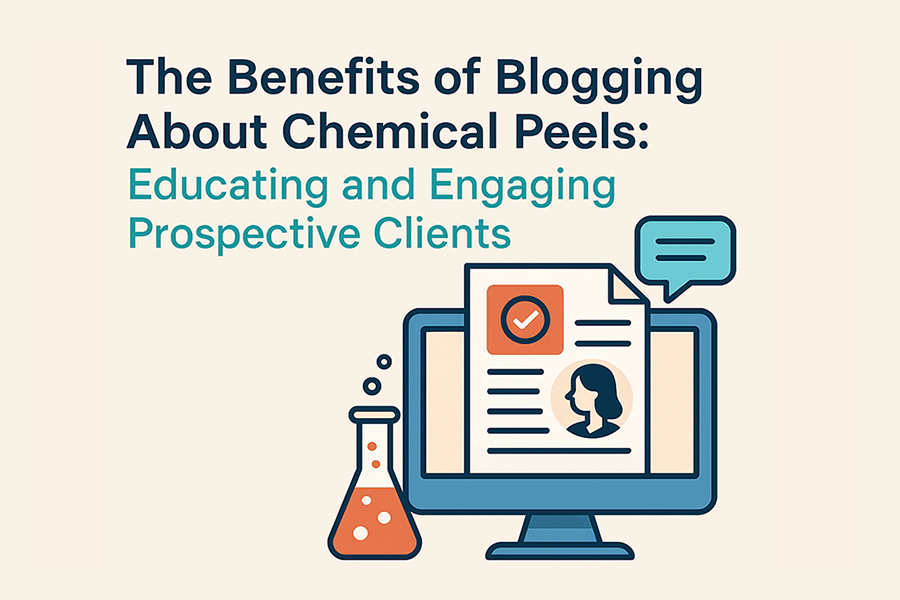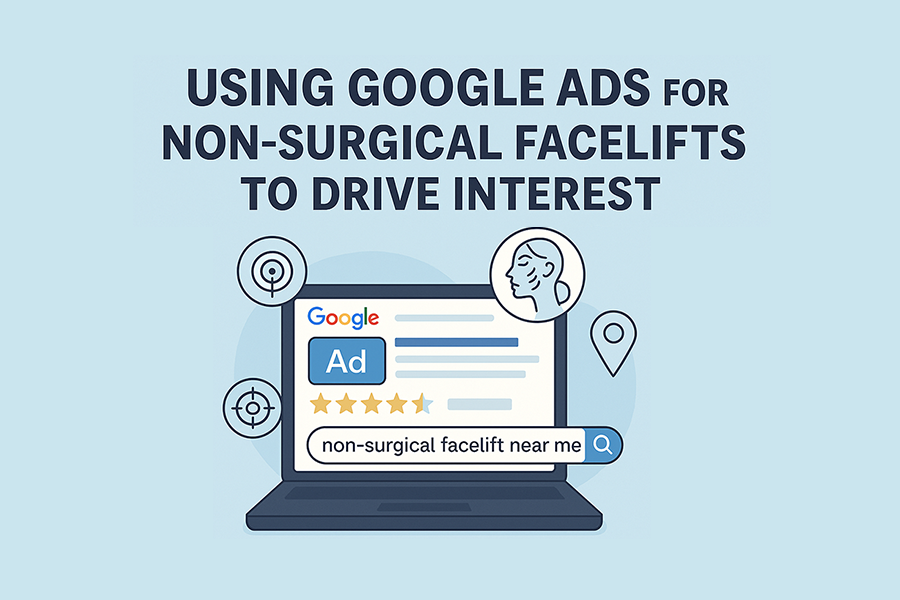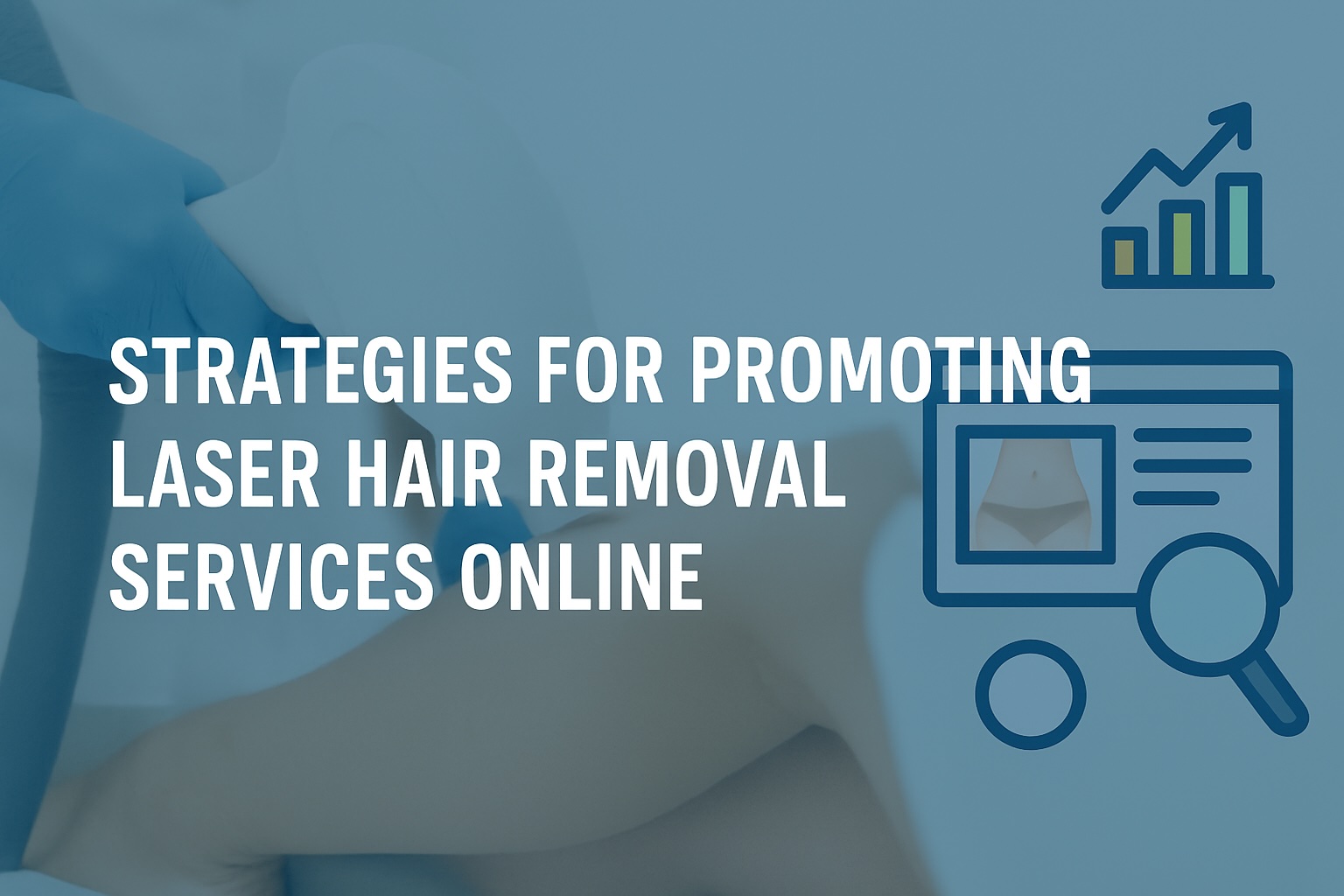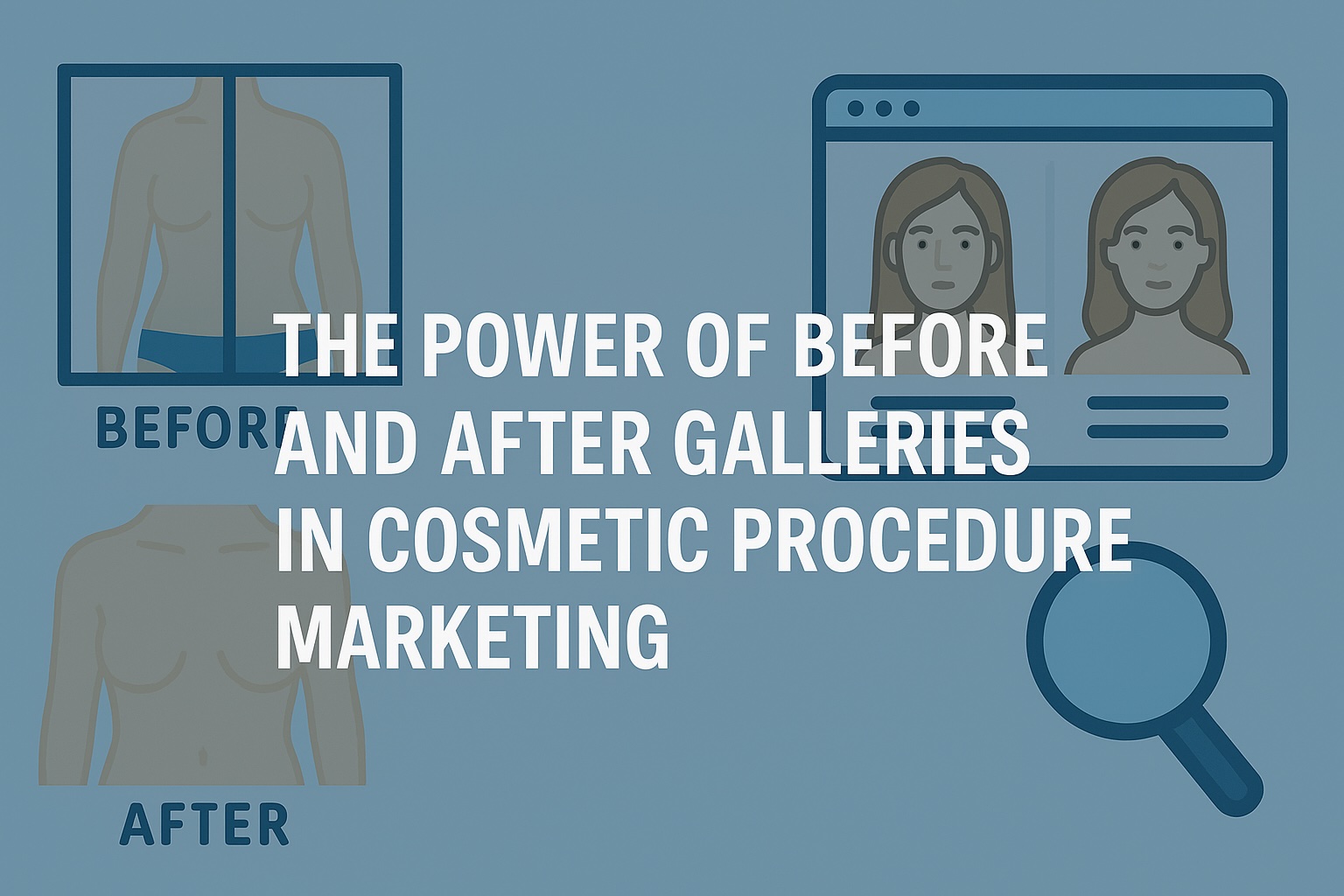
Conversion-focused content writing aims to turn readers into customers. This guide covers the top 5 tips to help your content drive more actions, like purchases or newsletter signups.
Understanding Your Target Audience
A successful content marketing strategy starts with understanding your target audience. Knowing who your readers are and what they need helps create content that resonates and drives conversions. Buyer personas, which include demographic information, pain points, needs, and goals, are key tools in this process. Developing detailed personas allows you to tailor content to address potential customers’ specific challenges and desires.
Aligning your content creation process with the values and interests of your target audience naturally boosts engagement and conversion rates. Recall the last time content spoke directly to your needs—it felt like the writer understood you. That’s the connection you want with your audience, making them feel seen and understood, ultimately leading to higher conversion rates.
Clear insights about your audience improve content marketing and enhance your overall marketing strategy. They enable you to create more relevant product offerings and marketing campaigns, ensuring each piece of content strategically aligns with your goal of converting readers into customers.
Crafting Compelling Headlines
Your blog post’s headline forms the first impression on potential readers. A compelling blog post headline can distinguish between a click and a pass. Effective headlines communicate what the reader can expect, increasing click likelihood. They should be clear, specific, and often include power words that evoke emotion or curiosity. Headlines addressing a specific pain point or promising a benefit can significantly boost interest and engagement.
Using numbers in headlines, like “Top 5 Tips” or “10 Strategies,” can enhance engagement and encourage more clicks. Numbers offer a clear structure and promise specific, actionable insights, which readers find appealing. Additionally, specifying your target audience in the headline tailors your content to their needs, increasing the chances of capturing their attention.
Emotionally charged headlines can also drive higher traffic, but they should be used judiciously to ensure they remain relevant and authentic. The goal is to create high-quality content that attracts clicks and delivers on the promise made in the headline.
Remember, the headline is just the starting point; it sets the stage for the rest of your content and should be crafted with care and precision.
Writing Clear and Engaging Content
After capturing your audience’s attention with a compelling headline, the next step is to keep them engaged with clear and compelling content. Readability is critical to maintaining interest. Shortening complex sentences and using varied sentence structures enhances clarity and retention. Short paragraphs also improve readability, making your content easier to digest.
Incorporating bullet points and numbered lists helps quickly break up the text and highlight important points. This structure improves readability and makes it easier for readers to scan the content and find the necessary information. Addressing the audience’s customer pain points right from the start can create a strong connection and keep them hooked.
A conversational writing style makes your content more relatable and engaging. Imagine you’re having a one-on-one conversation with your reader. This approach builds rapport and makes the content feel more personal.
Storytelling elements, such as a linear narrative structure and familiar characters, can enhance reader comprehension and engagement. Weaving stories into your content provides information in a familiar and engaging format, making it more likely that your audience will stay engaged and take action.
Incorporating Strong Calls to Action (CTAs)
A solid call to action (CTA) is crucial for conversion-focused content. It encourages immediate action and can significantly influence conversion rates. A compelling CTA should be specific and action-oriented, clearly telling the audience what to do next. For example, instead of a vague “Click here,” use “Download your free guide now” or “Sign up for our newsletter today.”
Choosing one clear call to action instead of several simplifies the decision-making process for readers. Too many choices can overwhelm them, leading to inaction. Guiding them with a single, clear action increases the likelihood of conversion. The purpose of a CTA is to request the conversion in a relevant way that aligns with the reader’s position in the customer journey.
Landing pages significantly impact the effectiveness of your CTAs. They should feature clear, compelling headlines, include trust signals, and simplify forms for effective conversion. A well-crafted landing page combined with a strong CTA smoothly guides potential customers through the conversion process.
Personalizing Content for Better Engagement

Personalized content is a powerful tool in conversion-focused content marketing. It fosters customer loyalty and advocacy by making readers feel valued and understood. Personalization involves tailoring your content to audience behavior and preferences, such as personalized emails or product recommendations based on browsing history. This approach significantly improves engagement and lead generation, showing that you understand and care about your audience’s unique needs.
Methods of personalizing content include using audience segmentation to create targeted email campaigns and offering product recommendations based on user behavior. For instance, an email campaign addressing specific pain points of a segmented audience is more likely to resonate and drive engagement. Increased engagement with personalized content indicates more time spent on the site and higher chances of returning visitors, boosting digital marketing conversion rates.
Appealing to readers’ emotional motivations can enhance the effectiveness of your content. When your content connects on an emotional level, it creates a deeper bond with your audience, making them more likely to take the desired action. By leveraging personalization, you can create content that engages and converts.
Utilizing SEO for Conversion-Focused Content
Search engine optimization (SEO) drives qualified traffic to your content. High-converting keywords attract the right audience, enhancing your return on investment. Focusing on long-tail keywords improves conversion rates due to their specificity and alignment with user intent. These keywords are more likely to attract visitors who are ready to take action, increasing your chances of conversion.
Incorporating high-intent keywords into website components, such as content and meta tags, boosts visibility in search results. Tools like Google Keyword Planner and Semrush help assess the effectiveness of your keyword choices and guide data-driven adjustments. Setting clear KPIs at the start of an SEO campaign allows for effective tracking and assessment of performance over time.
Regular evaluation of website performance and user search patterns is crucial for refining your SEO strategy. Tracking page load speed and Core Web Vitals enhances user experience and reduces bounce rates, indirectly benefiting SEO. SEO can be a powerful revenue driver when paired with conversion-oriented writing, generating tangible results that positively impact your bottom line.
Leveraging Email Marketing for Lead Nurturing
Email marketing is a powerful tool for nurturing leads through the customer journey. Automated email sequences provide consistent value and keep your brand top of mind, ensuring that leads remain engaged without manual effort. These sequences guide prospects through the sales funnel, providing relevant information and incentives at each stage to move them closer to conversion.
Personalizing email content through audience segmentation enhances relevance and engagement. Tailoring your emails to address specific interests and pain points creates a more personalized experience that resonates with your audience. This improves engagement and increases the likelihood of conversion, as personalized emails are more likely to be opened, read, and acted upon.
Building Trust with Potential Customers
Trust is a cornerstone of effective conversion-focused content marketing. Without trust, potential customers are unlikely to take the desired action. Creating ethos in your copywriting involves establishing credibility and reducing reader anxiety about trusting your product or service through transparent communication, showcasing expertise, and providing social proof.
Addressing customer objections head-on builds trust by showing you understand and are committed to addressing their concerns. Including customer testimonials, money-back guarantees, and case studies reduces perceived risks and enhances credibility. These elements demonstrate that others have had positive experiences with your product or service, making new customers more likely to trust you.
Free trials or samples give potential customers a risk-free way to experience your product or service. This builds trust and allows customers to see the value you offer firsthand. Focusing on building trust lays a solid foundation for converting potential customers into loyal, paying customers.
Measuring Success: KPIs and Analytics
Tracking the right key performance indicators (KPIs) is essential to optimize your content marketing efforts.
Conversion rate is the most important metric for a conversion-focused content strategy, as it shows how many visitors take the desired action for conversion optimization.
Examples of conversion goals include:
- buying a product
- booking an appointment
- submitting a contact form
- signing up for a newsletter
A high bounce rate may signal problems with content or user experience, such as slow page load times. Tools like Google Analytics and HubSpot help track these metrics and gather data on content performance. Continuously monitoring and optimizing these KPIs allows you to refine your strategy and improve conversion rates over time.
Regularly evaluating your content’s performance keeps you competitive and adaptable to changing audience needs. Understanding which content elements drive conversions and which fall short allows for data-driven adjustments to enhance your overall marketing strategy.
Summary
In summary, creating effective conversion-focused content requires a deep understanding of your target audience, compelling headlines, clear and engaging writing, strong calls to action, and personalized content. By leveraging SEO, email marketing, and building trust with your audience, you can enhance your content marketing efforts and drive higher conversion rates. Continuously tracking and optimizing your KPIs will ensure that your strategy remains effective and competitive.
Remember, the ultimate goal of conversion-focused content marketing is to drive tangible business results. By applying the tips and strategies outlined in this guide, you can create content that not only engages and informs but also converts readers into loyal customers. Now it’s time to put these insights into action and watch your conversions soar.
Frequently Asked Questions
Why is understanding the target audience important before writing content?
Understanding your target audience is crucial because it ensures your content resonates with their interests, ultimately helping to convert them into loyal customers. By knowing who you’re writing for, you can create relevant and engaging material that drives action.
What should be included in buyer personas?
To create effective buyer personas, including demographic information, pain points, needs, and goals. This will empower you to connect better with your audience and successfully meet their needs.
How does email marketing contribute to lead nurturing?
Email marketing is a powerful tool for nurturing leads. It delivers automated, valuable content that keeps your brand front and center. Embrace this strategy to build strong relationships and drive conversions!
Why are strong calls to action (CTAs) important?
Strong calls to action are crucial because they guide your audience on the next steps, boosting engagement and conversions. Make sure your CTAs are compelling and direct!
What tools can help track content performance?
Using tools like Google Analytics, HubSpot, and Kissmetrics can significantly enhance your ability to track content performance and understand key metrics. Leverage these resources to drive your success!




